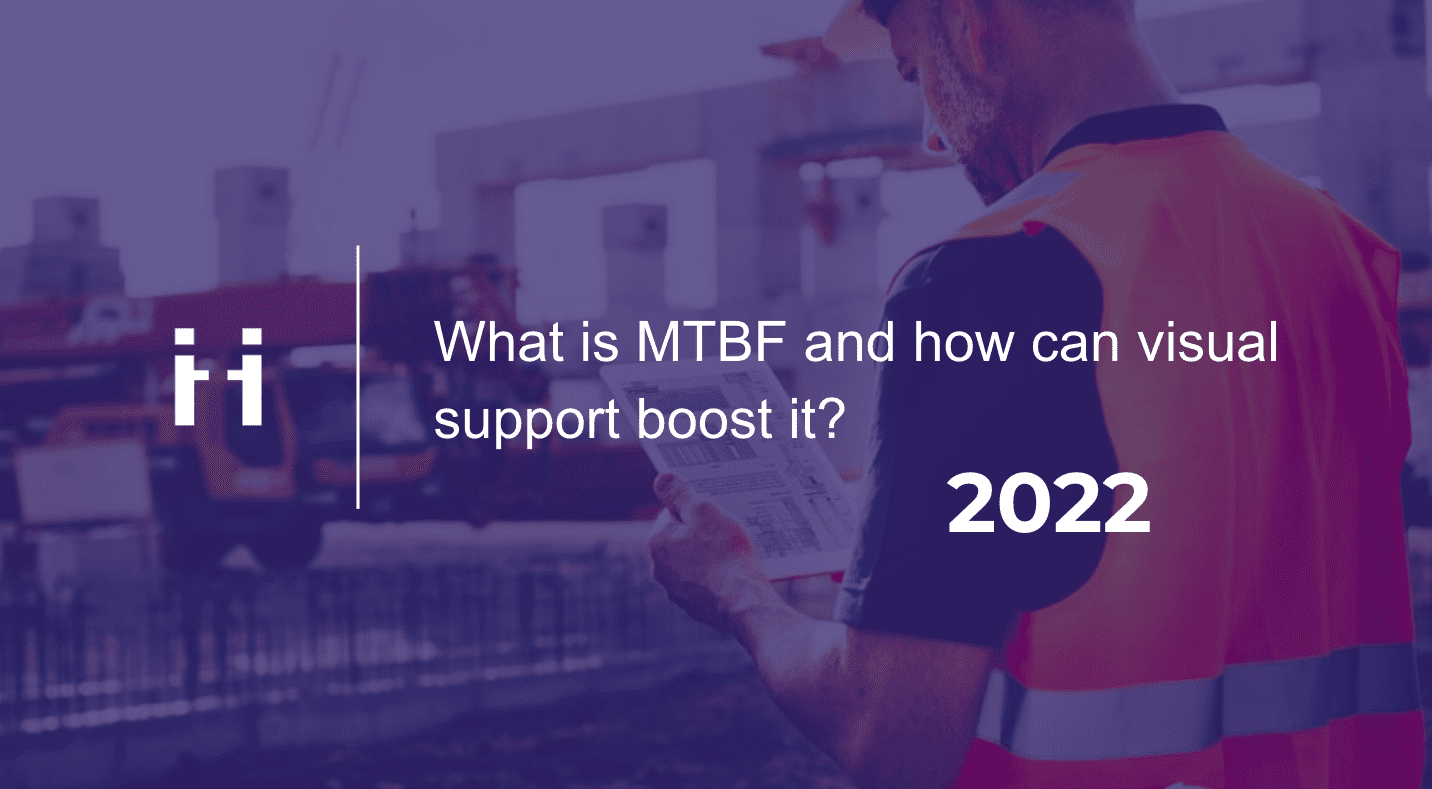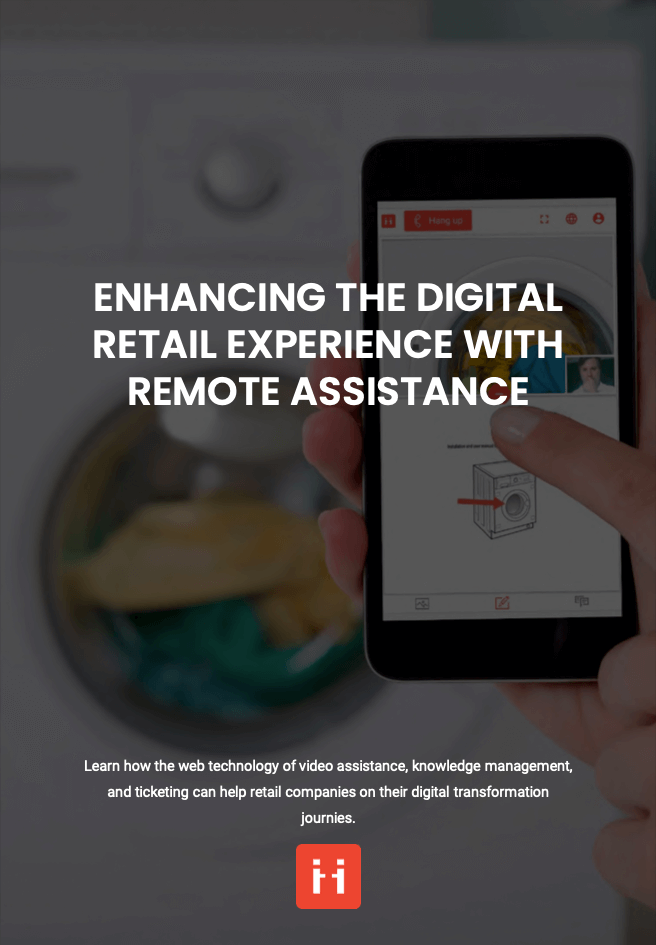
Share this article
Share this article

MTBF or Mean Time Between Failure is the calculation used to predict how much time it will take for the equipment to break in order to avoid major disruptions. Even the most reliable and sophisticated machinery experiences malfunctions with time, and MTBF is a performance metric that shows for how many hours a piece of equipment will work smoothly, without interruptions. By following what is going to fail, organizations can reduce downtime and maximize reliability, as well as develop and improve their maintenance strategy.
Reliability determines an asset’s ability to perform with its initial purpose under given conditions for a defined time period. The higher the MTBF, the higher reliability.
Depending on how critical maintenance is, there are different types of MTBF:
How to calculate Mean Time Between Failure?
How long the asset will function can be found using the following formula:
MTBF = Total uptime – Total Breakdown time / Number of Breakdowns
where:
Although conditions in which the asset is running are very influential, the way it is handled by technicians is of equal importance. Sometimes a low MTBF can be the consequence of improper maintenance in the past, missed scheduled maintenance, and overall poor handling of the equipment.
It is easy to mix up MTBF and the service life of the asset. Even if MTBF is high, it does not mean that the service life will be long because MTBF is based on the piece’s rate of failure when it is still in its regular functioning state. Its expected service can still be short.

The consequences of machine failure can lead to lost production and more time spent on maintenance, thus understanding the cause of the problem and eliminating potential threats can increase MTBF in the process. There are several ways to do it.
By understanding what exactly went wrong and caused the breakdown, you can prevent it from happening in the future or at least come up with a long-run solution by conducting a root cause analysis (RSA). The main benefit of it is that it goes deeper than superficial cause and effect and shows the origin of the problem, where it happened in the first place.
A preventive maintenance plan that will go ahead of any potential malfunctions can greatly boost MTBF. Instead of being reactive when downtime occurs, you can be preventive and stop failures from happening. Thinking ahead, you can schedule in advance regular checkups of your equipment.
By using ViiBE as a remote visual support tool, it is possible to do so directly from the Outlook agenda thanks to ViiBE’s integration. The calls can be planned and scheduled in the calendar, so the user does not have to change their habits and alternate among different platforms. As a result, an asset’s life becomes longer, overall efficiency increases, and downtime drastically plummets.

Based on the productive maintenance plan, you can conduct micro-checkups only for the most vulnerable and sensitive parts of your assets. In this case, you avoid global diagnostics that can be too time-consuming and focus on the areas that you know are prone to downtime. The interval between these procedures depends on the equipment type.
You cannot compare different variables and expect precise and accurate results. On the contrary, when data is standardized across all assets, it becomes more reliable and accurate which fast-forwards decision making-process and makes maintenance more agile. If the equipment is in the same management system, all aspects of it can be compared no matter their location, origin, and producer. Also, universal data makes it easier for employees to communicate and for departments to build a strong knowledge base destined for learning and employee training.
ViiBE Report allows its users to tag all the shared media within the tickets making it easier to search for them. All the company has to do is create its internal system of tags. A technician can then easily use this media to solve malfunctions without an expert’s help because thanks to this system they will have step-by-step guidelines and explanations as well as previous experience of solving similar problems from his colleagues.
The aforementioned ways to improve MTBF revolve around the idea of acting beforehand, but what can be done if a malfunction already occurred? Does it mean that MTBF is not going to be fixed?
Of course not, but it depends on how reactive a technician will be when solving this problem. For minor issues, there are types of software, supported by workflows, that can react to the incident and address it right after it happened.
But if it is too complex and the technician is in the position when they are on-site, there is an emergency, and the expert is at a different place, ViiBE provides visual assistance in one click with no download thanks to WebRTC. With a help of AR technology, technicians will be able to diagnose the issue and solve it rapidly and as a result, it will reduce dispatch and cut operating costs. ViiBE can be seamlessly integrated into any EAMs system that allows tracking assets that require maintenance. The call starts among the participants via the link sent by SMS, email, or WhatsApp. During the video stream, the parties can share documents and media as well as collaboratively work on the snapshot of the malfunction.
If an expert is not available, a technician can create a report by following the same procedure: capture the issue on camera annotate it, attach media and comment, and send it back to the dedicated expert or a group of experts.
Tools like remote visual support can not only help to schedule maintenance and periodical checkups but also react proactively if the malfunction occurs unexpectedly and the restoration of work is required quickly. ViiBE allows technicians and experts to collaborate asynchronously, ignoring the time and language constraints, to overcome degraded internet connectivity, and avoid loss of data.